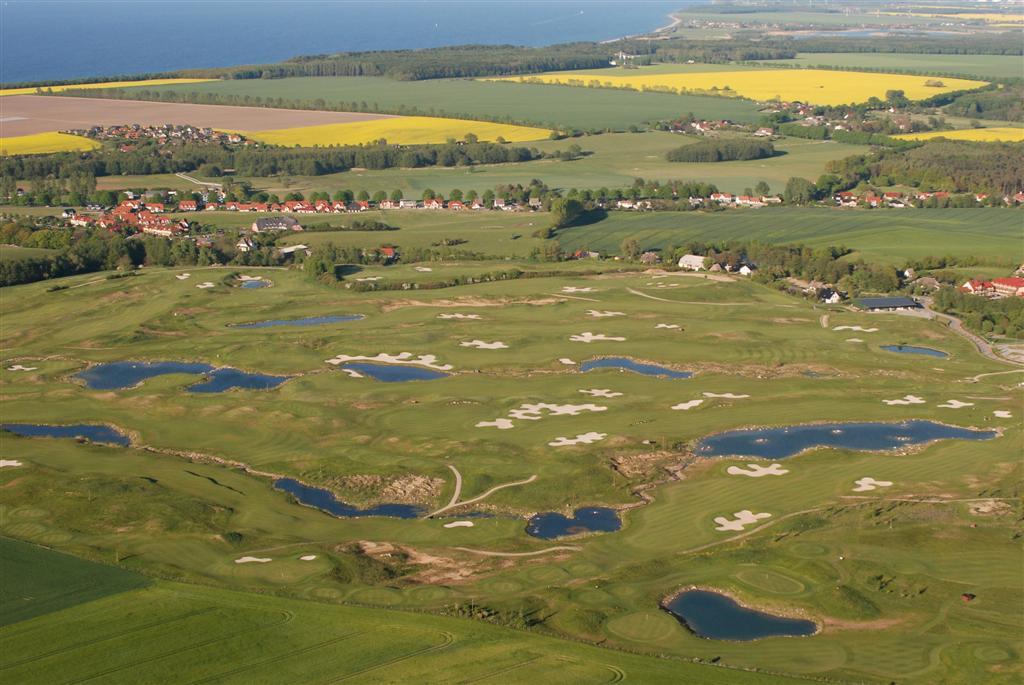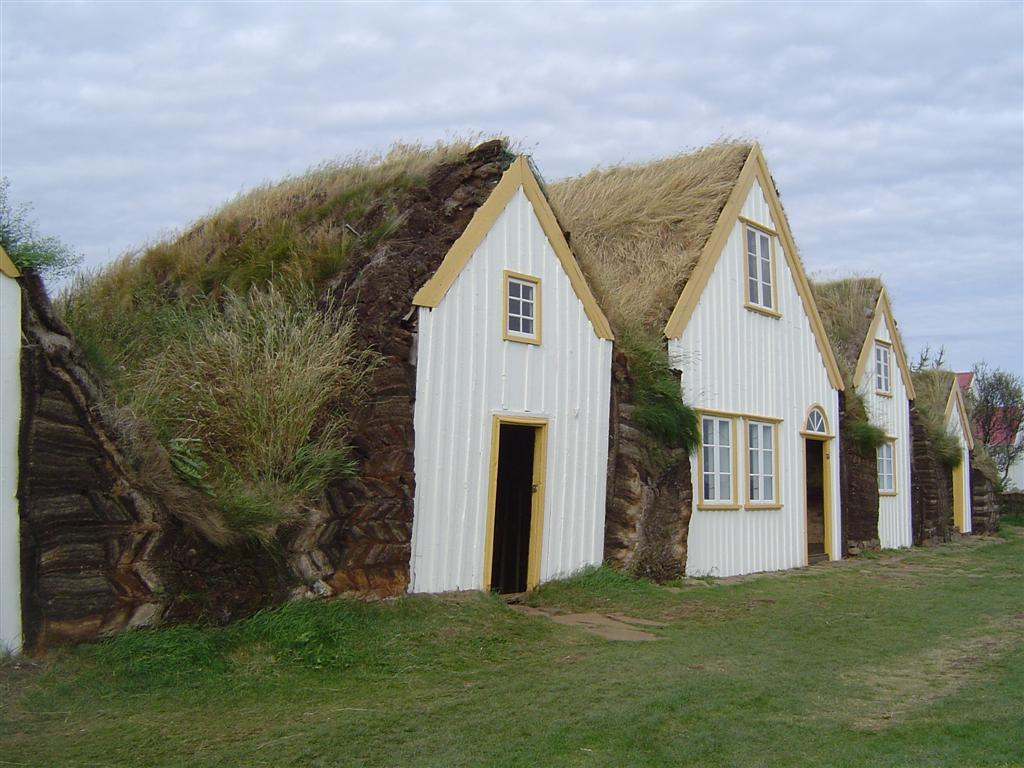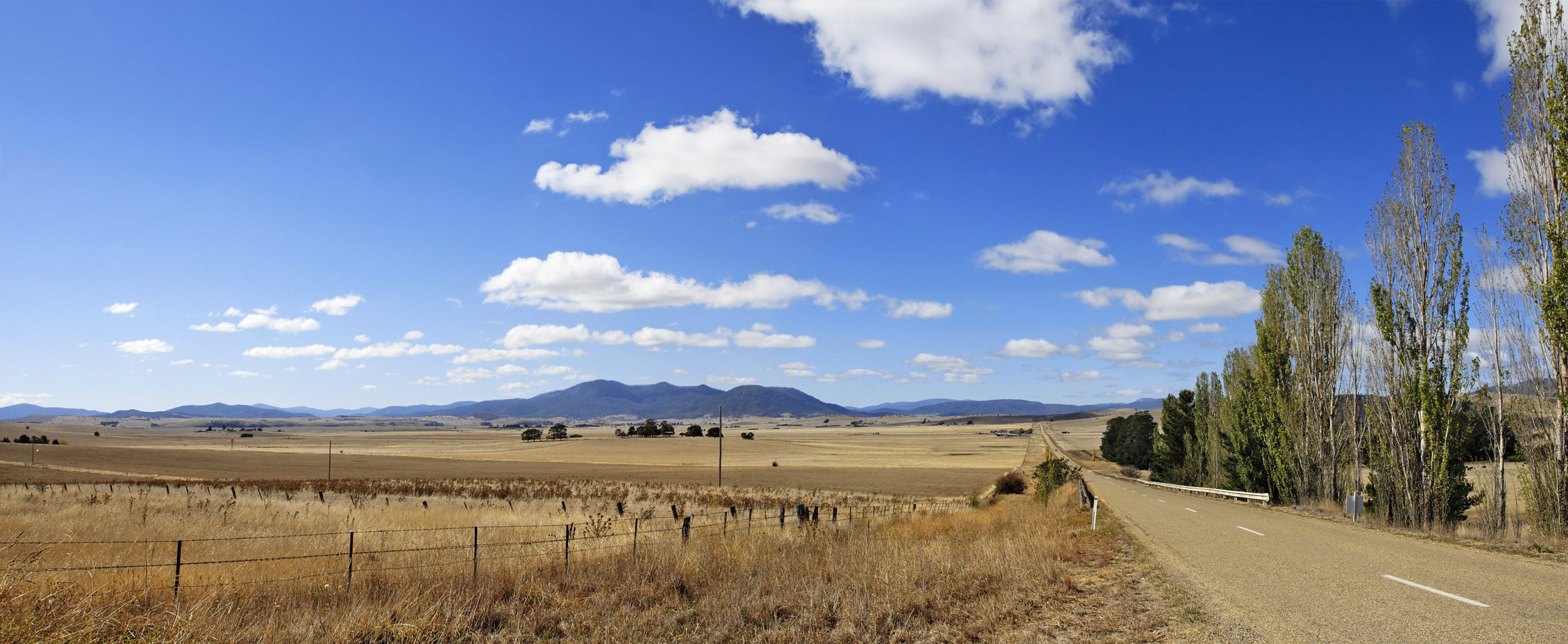|
Sod
Sod is the upper layer of turf that is harvested for transplanting. Turf consists of a variable thickness of a soil medium that supports a community of turfgrasses. In British and Australian English, sod is more commonly known as ''turf'', and the word "sod" is limited mainly to agricultural senses. Uses Sod is generally used for lawns, golf courses, and sports stadiums around the world. In residential construction, it is sold to landscapers, home builders or home owners who use it to establish a lawn quickly and avoid soil erosion. Sod can be used to repair a small area of lawn, golf course, or athletic field that has died and is used as a quicker alternative to re-growing a lawn from seed. Sod is also effective in increasing cooling, improving air and water quality, and assisting in flood prevention by draining water. Scandinavia has a long history of employing sod roofing and a traditional house type is the Icelandic turf house. In the United States, following ... [...More Info...] [...Related Items...] OR: [Wikipedia] [Google] [Baidu] |
Sod Roof
A sod roof, or turf roof, is a traditional Scandinavian type of green roof covered with sod on top of several layers of birch bark on gently sloping wooden roof boards. Until the late 19th century, it was the most common roof on rural log houses in Norway and large parts of the rest of Scandinavia. Its distribution roughly corresponds to the distribution of the log building technique in the vernacular architecture of Finland and the Scandinavian peninsula. The load of approximately 250 kg per m2 of a sod roof is an advantage because it helps to compress the logs and make the walls more draught-proof. In winter the total load may well increase to 400 or 500 kg per m2 because of snow. Sod is also a reasonably efficient insulator in a cold climate. The birch bark underneath ensures that the roof will be waterproof. The term ‘sod roof’ is somewhat misleading, as the active, water-tight element of the roof is birch bark. The main purpose of the sod is to hold the bi ... [...More Info...] [...Related Items...] OR: [Wikipedia] [Google] [Baidu] |
Sod House
The sod house or soddy was a common alternative to the log cabin during frontier settlement of the Great Plains of North America in the 1800s and early 1900s. Primarily used at first for animal shelters, corrals, and fences, they came into use also to house humans, for the prairie often lacked standard building materials such as wood or stone, while sod from thickly rooted prairie grass was abundant and free and could be used for house construction. Prairie grass has a much thicker, tougher root structure than a modern lawn. Construction of a sod house involved cutting patches of sod in triangles and piling them into walls. Builders employed a variety of roofing methods. Sod houses accommodated normal doors and windows. The resulting structure featured less expensive materials and was quicker to build than a wood-frame house, but required frequent maintenance and was vulnerable to rain damage, especially if the roof was also primarily of sod. Stucco was sometimes used to protec ... [...More Info...] [...Related Items...] OR: [Wikipedia] [Google] [Baidu] |
Plow
A plough or (Differences between American and British spellings, US) plow (both pronounced ) is a farm tool for loosening or turning the soil before sowing seed or planting. Ploughs were traditionally drawn by oxen and horses but modern ploughs are drawn by tractors. A plough may have a wooden, iron or steel frame with a blade attached to cut and loosen the soil. It has been fundamental to farming for most of history. The earliest ploughs had no wheels; such a plough was known to the Ancient Rome, Romans as an ''aratrum''. Celts, Celtic peoples first came to use wheeled ploughs in the Roman era. The prime purpose of ploughing is to turn over the uppermost soil, bringing fresh Plant nutrients in soil, nutrients to the surface while burying weeds and crop remains to Decomposition, decay. Trenches cut by the plough are called furrows. In modern use, a ploughed field is normally left to dry and then Harrow (tool), harrowed before planting. Ploughing and Tillage, cultivating soil eve ... [...More Info...] [...Related Items...] OR: [Wikipedia] [Google] [Baidu] |
Soil
Soil, also commonly referred to as earth, is a mixture of organic matter, minerals, gases, water, and organisms that together support the life of plants and soil organisms. Some scientific definitions distinguish dirt from ''soil'' by restricting the former term specifically to displaced soil. Soil consists of a solid collection of minerals and organic matter (the soil matrix), as well as a porous phase that holds gases (the soil atmosphere) and water (the soil solution). Accordingly, soil is a three- state system of solids, liquids, and gases. Soil is a product of several factors: the influence of climate, relief (elevation, orientation, and slope of terrain), organisms, and the soil's parent materials (original minerals) interacting over time. It continually undergoes development by way of numerous physical, chemical and biological processes, which include weathering with associated erosion. Given its complexity and strong internal connectedness, soil ecologists ... [...More Info...] [...Related Items...] OR: [Wikipedia] [Google] [Baidu] |
Golf Course
A golf course is the grounds on which the sport of golf is played. It consists of a series of holes, each consisting of a teeing ground, tee box, a #Fairway and rough, fairway, the #Fairway and rough, rough and other hazard (golf), hazards, and a green with a cylindrical hole in the ground, known as a "cup". The cup holds a flagstick, known as a "pin". A standard round of golf consists of 18 holes, and as such most courses contain 18 distinct holes; however, there are many 9-hole courses and some that have holes with shared fairways or greens. There are also courses with a non-standard number of holes, such as 12 or 14. The vast majority of golf courses have holes of varying length and difficulties that are assigned a standard score, known as Par (score), par, that a proficient player should be able to achieve; this is usually three, four or five strokes. Par-3 courses consist of holes all of which have a par of three. Short courses have gained in popularity; these consist of mo ... [...More Info...] [...Related Items...] OR: [Wikipedia] [Google] [Baidu] |
Hydroponic
Hydroponics is a type of horticulture and a subset of hydroculture which involves growing plants, usually crops or medicinal plants, without soil, by using water-based mineral nutrient solutions in an artificial environment. Terrestrial or aquatic plants may grow freely with their roots exposed to the nutritious liquid or the roots may be mechanically supported by an inert medium such as perlite, gravel, or other substrates. Despite inert media, roots can cause changes of the rhizosphere pH and root exudates can affect rhizosphere biology and physiological balance of the nutrient solution when secondary metabolites are produced in plants. Transgenic plants grown hydroponically allow the release of pharmaceutical proteins as part of the root exudate into the hydroponic medium. The nutrients used in hydroponic systems can come from many different organic or inorganic sources, including fish excrement, duck manure, purchased chemical fertilizers, or artificial standar ... [...More Info...] [...Related Items...] OR: [Wikipedia] [Google] [Baidu] |
Lawn
A lawn () is an area of soil-covered land planted with Poaceae, grasses and other durable plants such as clover lawn, clover which are maintained at a short height with a lawn mower (or sometimes grazing animals) and used for aesthetic and recreational purposes—it is also commonly referred to as part of a garden. Lawns are usually composed only of grass species, subject to weed control, weed and pest control, maintained in a green color (e.g., by Irrigation, watering), and are regularly mowed to ensure an acceptable length. Lawns are used around houses, apartments, commercial buildings and offices. Many city parks also have large lawn areas. In recreational contexts, the specialised names Sod, turf, parade, pitch, field or green may be used, depending on the sport and the continent. The term "lawn", referring to a managed grass space, dates to at least the 16th century. With suburban expansion, the lawn has become culturally ingrained in some areas of the world as part o ... [...More Info...] [...Related Items...] OR: [Wikipedia] [Google] [Baidu] |
Homestead Acts
The Homestead Acts were several laws in the United States by which an applicant could acquire ownership of government land or the public domain, typically called a homestead. In all, more than of public land, or nearly 10 percent of the total area of the United States, were given away free to 1.6 million homesteaders; most of the homesteads were west of the Mississippi River. An extension of the homestead principle in law, the Homestead Acts were an expression of the Free Soil policy of Northerners who wanted individual farmers to own and operate their own farms, as opposed to Southern slave owners who wanted to buy up large tracts of land and use slave labor, thereby shutting out free white farmers. For a number of years individual Congressmen put forward bills providing for homesteading, but it was not until 1862 that the first homestead act was passed. The Homestead Act of 1862 opened up millions of acres. Any adult who had never taken up arms against the ... [...More Info...] [...Related Items...] OR: [Wikipedia] [Google] [Baidu] |
Icelandic Turf House
Icelandic turf houses ( ) are timber structures with turf walls and turf as a cover for the roof. Turf houses have been constructed since Iceland was settled in the 9th century. Turf houses were the product of a difficult climate, offering superior insulation compared to buildings solely made of wood or stone, and the relative difficulty in obtaining other construction materials in sufficient quantities. 30% of Iceland was forested when it was settled, mostly with birch. Oak was the preferred timber for building Norse halls in Scandinavia, but native birch had to serve as the primary framing material on the remote island. However, Iceland did have a large amount of sod, turf that was suitable for construction. Some structures in Norway had Sod roof, turf roofs, so the notion of using this as a building material would not have been alien to many settlers. Construction The common Icelandic turf house has a large foundation made of flat stones; upon this is a wooden frame to hold ... [...More Info...] [...Related Items...] OR: [Wikipedia] [Google] [Baidu] |
Drought
A drought is a period of drier-than-normal conditions.Douville, H., K. Raghavan, J. Renwick, R.P. Allan, P.A. Arias, M. Barlow, R. Cerezo-Mota, A. Cherchi, T.Y. Gan, J. Gergis, D. Jiang, A. Khan, W. Pokam Mba, D. Rosenfeld, J. Tierney, and O. Zolina, 2021Water Cycle Changes. In Climate Change 2021: The Physical Science Basis. Contribution of Working Group I to the Sixth Assessment Report of the Intergovernmental Panel on Climate Change [Masson-Delmotte, V., P. Zhai, A. Pirani, S.L. Connors, C. Péan, S. Berger, N. Caud, Y. Chen, L. Goldfarb, M.I. Gomis, M. Huang, K. Leitzell, E. Lonnoy, J.B.R. Matthews, T.K. Maycock, T. Waterfield, O. Yelekçi, R. Yu, and B. Zhou (eds.)]. Cambridge University Press, Cambridge, United Kingdom and New York, NY, USA, pp. 1055–1210, doi:10.1017/9781009157896.010. A drought can last for days, months or years. Drought often has large impacts on the ecosystems and agriculture of affected regions, and causes harm to the local economy. Annua ... [...More Info...] [...Related Items...] OR: [Wikipedia] [Google] [Baidu] |
Nebraska
Nebraska ( ) is a landlocked U.S. state, state in the Midwestern United States, Midwestern region of the United States. It borders South Dakota to the north; Iowa to the east and Missouri to the southeast, both across the Missouri River; Kansas to the south; Colorado to the southwest; and Wyoming to the west. Nebraska is the List of U.S. states and territories by area, 16th-largest state by land area, with just over . With a population of over 2 million as of 2024, it is the List of U.S. states and territories by population, 38th-most populous state and the List of states and territories of the United States by population density, eighth-least densely populated. Its List of capitals in the United States, capital is Lincoln, Nebraska, Lincoln, and its List of municipalities in Nebraska, most populous city is Omaha, Nebraska, Omaha, which is on the Missouri River. Nebraska was admitted into the United States in 1867, two years after the end of the American Civil War. The Nebras ... [...More Info...] [...Related Items...] OR: [Wikipedia] [Google] [Baidu] |
Great Plains
The Great Plains is a broad expanse of plain, flatland in North America. The region stretches east of the Rocky Mountains, much of it covered in prairie, steppe, and grassland. They are the western part of the Interior Plains, which include the mixed grass prairie, the tallgrass prairie between the Great Lakes and Appalachian Plateau, and the Taiga Plains Ecozone, Taiga Plains and Boreal Plains Ecozone, Boreal Plains ecozones in Northern Canada. "Great Plains", or Western Plains, is also the ecoregion of the Great Plains or the western portion of the Great Plains, some of which in the farthest west is known as the High Plains. The Great Plains lie across both the Central United States and Western Canada, encompassing: *Most or all of the U.S. states of Kansas, Nebraska, and North Dakota, North and South Dakota; *Eastern parts of the U.S. states of Colorado, Montana, and Wyoming; *Parts of the U.S. states of New Mexico, Oklahoma, Texas; *Sometimes western parts of Iowa, Minnesot ... [...More Info...] [...Related Items...] OR: [Wikipedia] [Google] [Baidu] |








